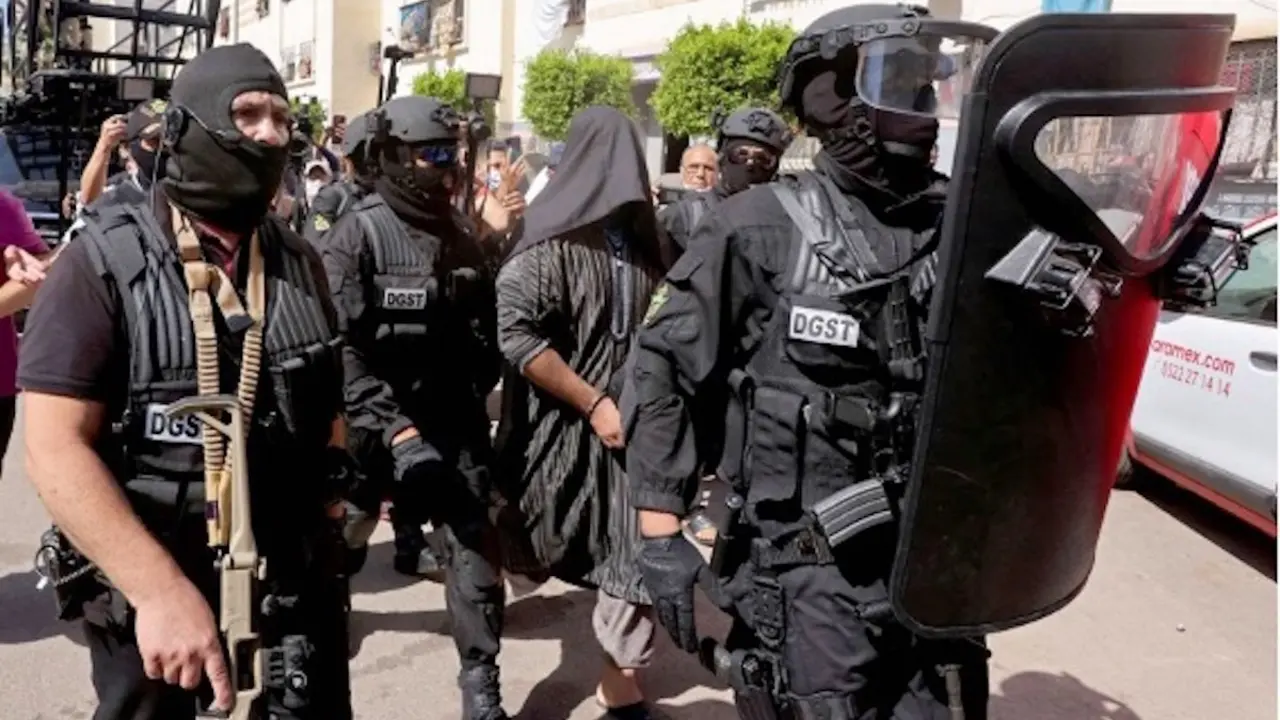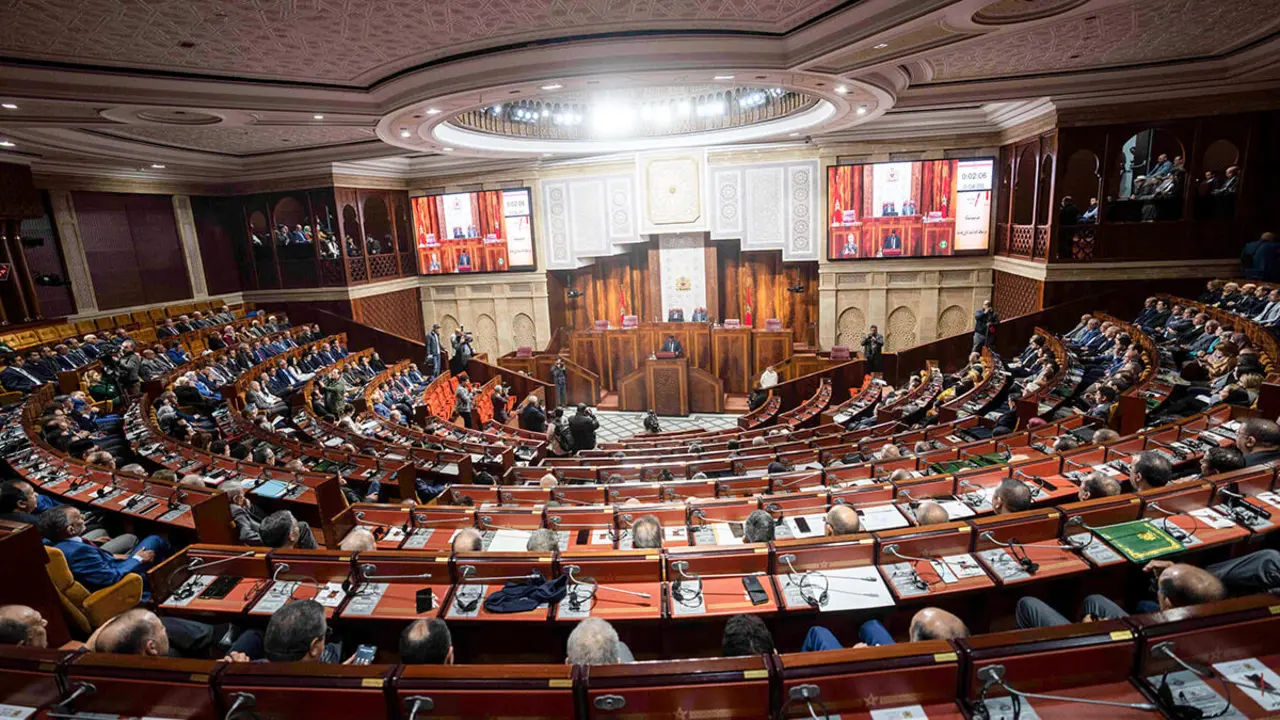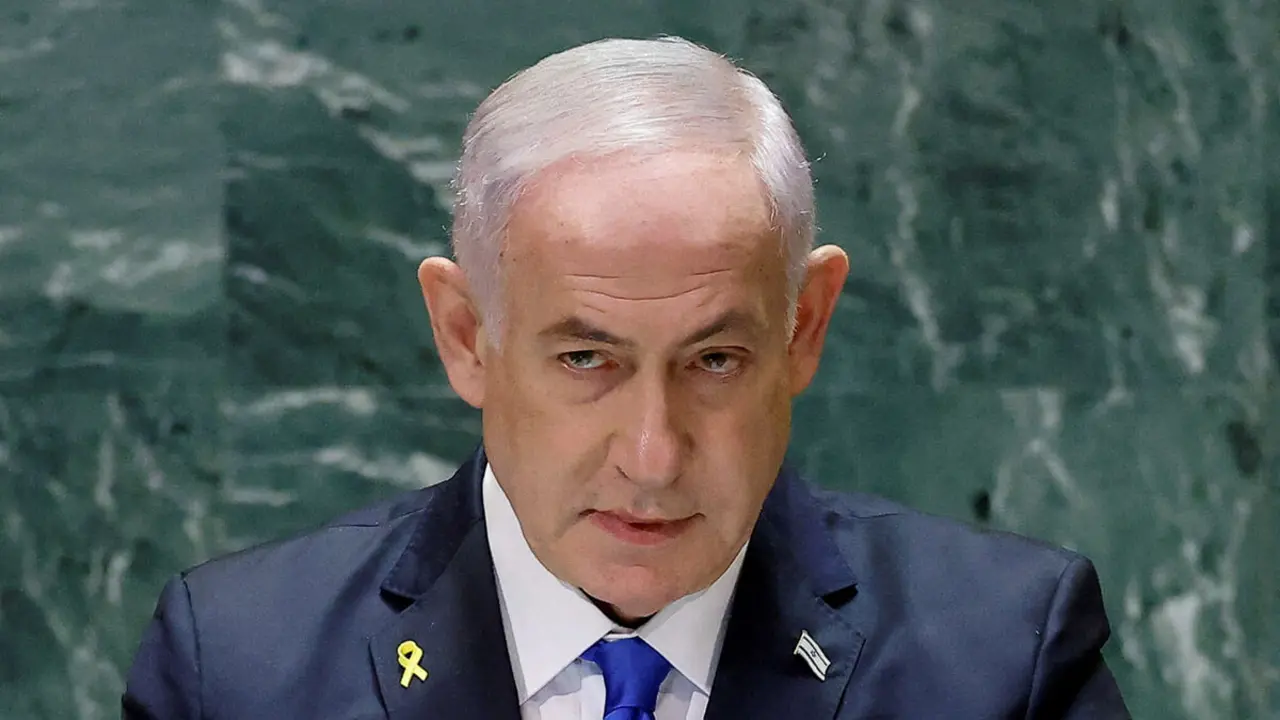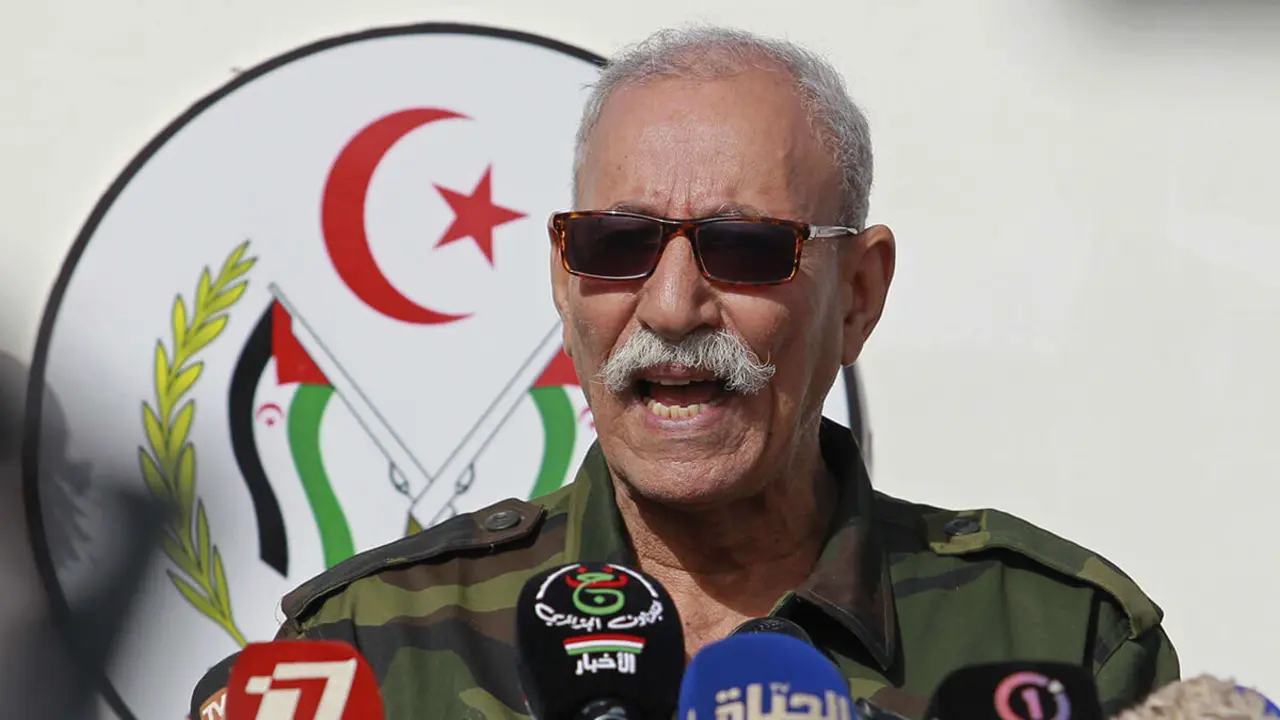Airbus showcases its Eurofighter fighter jet
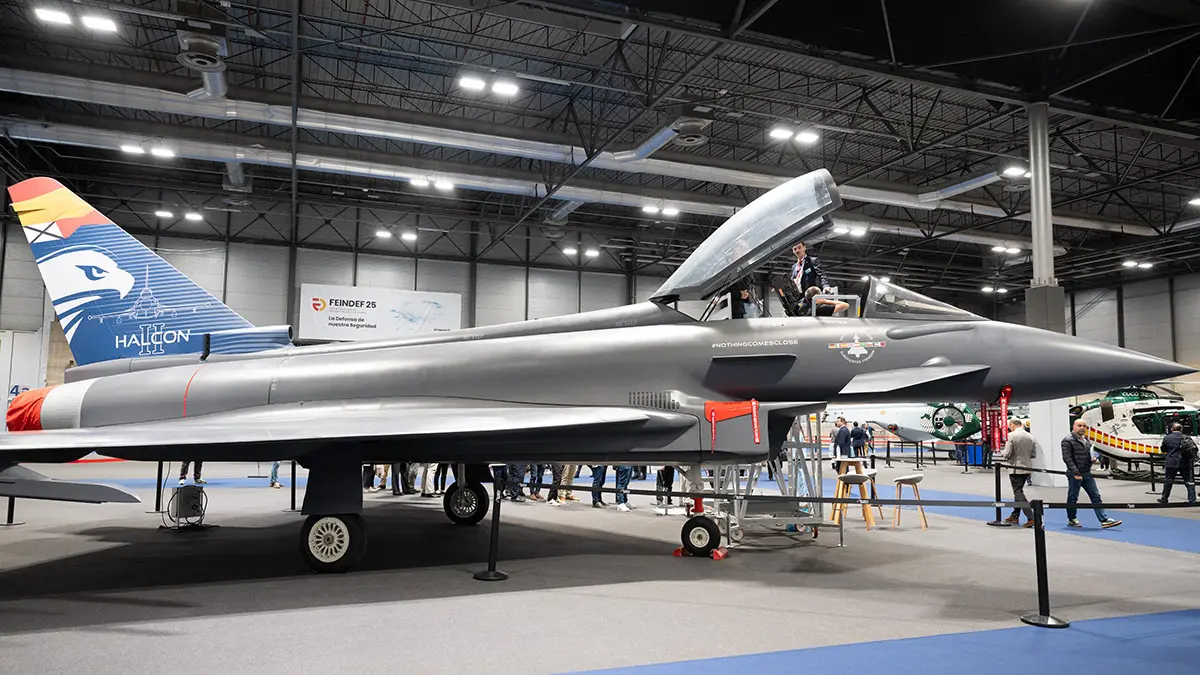
Airbus, the European Union's largest industrial corporation in the aerospace industry and one of the top five worldwide, exhibited its Eurofighter combat aircraft at the International Defence and Security Fair (FEINDEF) held in Madrid, to great anticipation.
Airbus, a leading company in the aerospace and defence sector with around 14,000 employees in Spain, showcased a range of aircraft at FEINDEF 2025 aimed at strengthening the strategic sovereignty and security and defence capabilities of Spain and the EU as a whole, such as the Eurofighter fighter jet, latest-generation UAS models, such as the Flexrotor and VSR700, and the H135 and NH90 MSPT helicopters, as well as the Spanish Navy's first NH90 for tactical transport and amphibious assault missions.
In the exhibition area (E09 and E010 in Hall 4) of FEINDEF, Airbus exhibited a full-scale replica of the Eurofighter combat aircraft, for which the Spanish Government signed an agreement to purchase 25 new aircraft at the end of 2024.
Airbus Defence and Space designs, certifies, manufactures and supports the world's most comprehensive family of combat, military transport, in-flight refuelling and mission aircraft. At its main stand (D16, Hall 10), it showcased the new configuration of the C295 Maritime Patrol Aircraft (MPA), the Eurofighter and the Eurodrone, which aims to provide Europe with advanced security capabilities and increase its strategic autonomy.
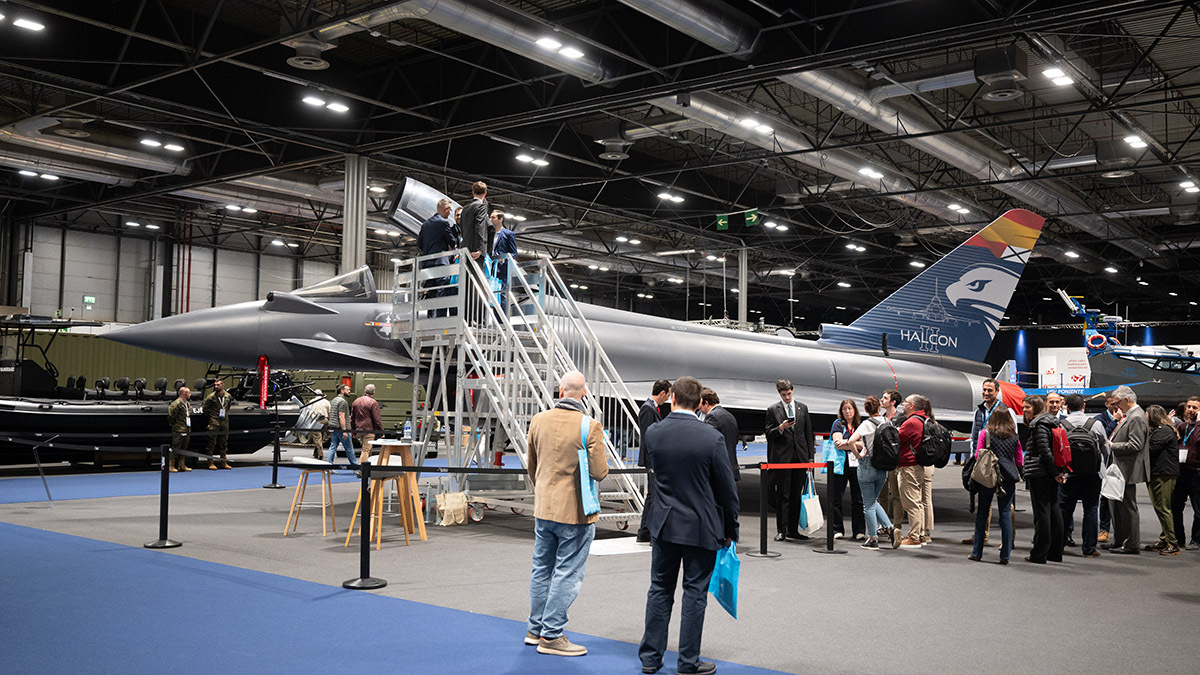
Eurofighter, a major benchmark
One of the major attractions that caught the attention of visitors at FEINDEF 2025 was the full-scale replica of the Eurofighter combat aircraft.
The Eurofighter fighter jet is the backbone of the Spanish Air and Space Force, protecting the country with significant capabilities for quick reaction alert (QRA) missions and contributing to air superiority as part of the North Atlantic Treaty Organisation (NATO) Integrated Defence.
Following the signing of the latest contracts, the Spanish Air and Space Force will have the third largest fleet of Eurofighters with 115 aircraft by the end of 2035.
The Eurofighter is important for national defence and for protecting NATO's interests. It is a European product that ensures the development and maintenance of European industry. New developments guarantee economic and political security beyond 2060. All this with various advances such as Phase 4 improvements, based on the current Eurofighter avionics architecture, increased offensive and defensive capabilities with additional air-to-air and air-to-ground weaponry, further improvements in the Eurofighter's aerodynamic performance, providing new configurations (asymmetric and increased payload), and the E-Scan Mk1 step 2 radar with task-based mode.
In this case, Spain is responsible for around 14% of the work share for each aircraft, consolidating its national aerospace sector and industrial sovereignty.
The new capabilities of the Eurofighter fighter are driven by the Long Term Evolution (LTE) programme. These capabilities will be tested at the end of the technology maturation phase in 2026: a new state-of-the-art cockpit, modernised avionics with increased processing capacity, high-speed data networks, improved connectivity with new data links and satellite communications, and rapid integration of capabilities and operational flexibility.
Within the EU's Eurofighter programme, the Eurofighter Typhoon serves as an example of leadership in European military aviation. This model is the result of a unique industrial collaboration in Europe, driven by the governments of Germany, the United Kingdom, Italy and Spain. It is the largest European defence programme and a symbol of international cooperation, technological innovation and operational excellence.
The Eurofighter Typhoon redefines air combat thanks to its advanced capabilities, such as its multi-role capability that allows it to instantly adapt to multiple missions, from air superiority to precision strikes, offering unmatched tactical flexibility; its supercruise speed, which allows it to fly at supersonic speeds without afterburners, combining extreme performance with operational efficiency; sensor fusion, which allows the integration of information from multiple sensors in real time, providing the pilot with a complete picture of the tactical environment and facilitating decision-making; total connectivity to communicate and share data in a network with other air, naval and land platforms, maximising coordination and joint effectiveness; lethality, being capable of employing a wide range of weapons with surgical precision, guaranteeing superiority in any combat scenario; survivability, as it is designed to withstand, evade and recover from current risks, thus ensuring mission continuity; and sustainable operations, as it is compatible with sustainable aviation fuels, thus contributing to reducing the environmental footprint.
Its main technical characteristics include a wingspan of 10.95 metres, a height of 5.28 metres and a wing area of 50 square metres. The Eurofighter has a maximum speed of Mach 2 (twice the speed of sound), a maximum altitude of 16,750 metres and a maximum range of 2,900 kilometres.



